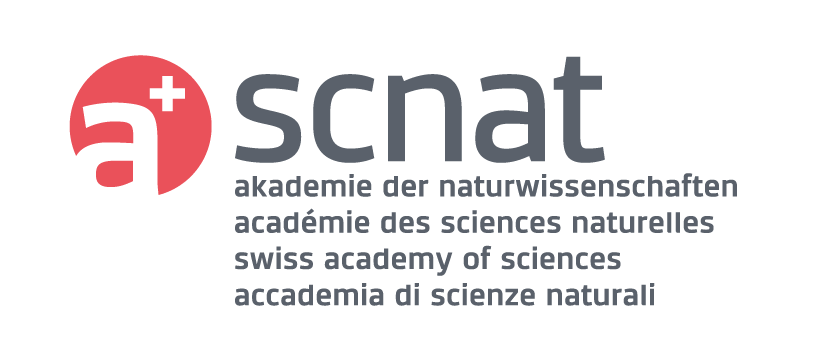Editor(s): P. Greenwood and M. Hoelzle | Theme issue coordinator: N. Kuhn
15 Oct 2015
Introduction to the special issue of Geographica Helvetica: "Mapping, measuring and modeling in geomorphology"
Geogr. Helv., 70, 311–313, 2015
06 Oct 2015
Methods for detecting channel bed surface changes in a mountain torrent – experiences from the Dorfbach torrent
Geogr. Helv., 70, 265–279, 2015
13 Aug 2015
Risiko des Eintrags von Phosphor in den Hallwilersee durch Bodenerosion
Geogr. Helv., 70, 193–198, 2015
10 Aug 2015
Estimating greenhouse gas emissions from travel – a GIS-based study
Geogr. Helv., 70, 185–192, 2015
15 Jun 2015
The use of a raindrop aggregate destruction device to evaluate sediment and soil organic carbon transport
Geogr. Helv., 70, 167–174, 2015
08 Apr 2015
Improvements in 3-D digital mapping for geomorphological and Quaternary geological cartography
Geogr. Helv., 70, 121–133, 2015
23 Feb 2015
Ground temperature variations in a talus slope influenced by permafrost: a comparison of field observations and model simulations
Geogr. Helv., 70, 45–62, 2015
23 Feb 2015
The influence of terracettes on the surface hydrology of steep-sloping and subalpine environments: some preliminary findings
Geogr. Helv., 70, 63–73, 2015
26 Jan 2015
Experimentelle Erkundung von Wildbächen, Murgängen, Hangrutschungen und Steinschlag: Aktuelle Beispiele der WSL
Geogr. Helv., 70, 1–9, 2015
